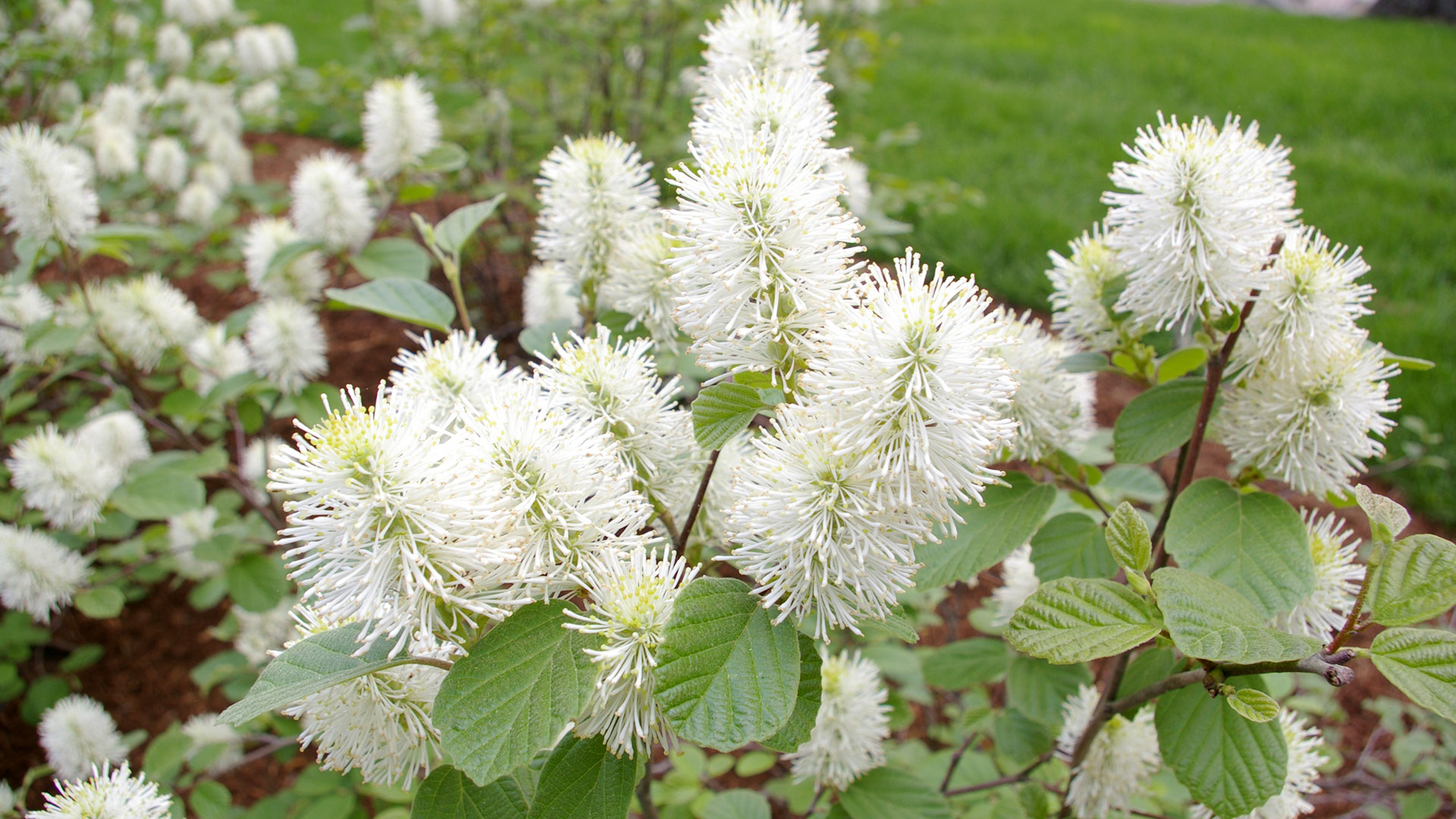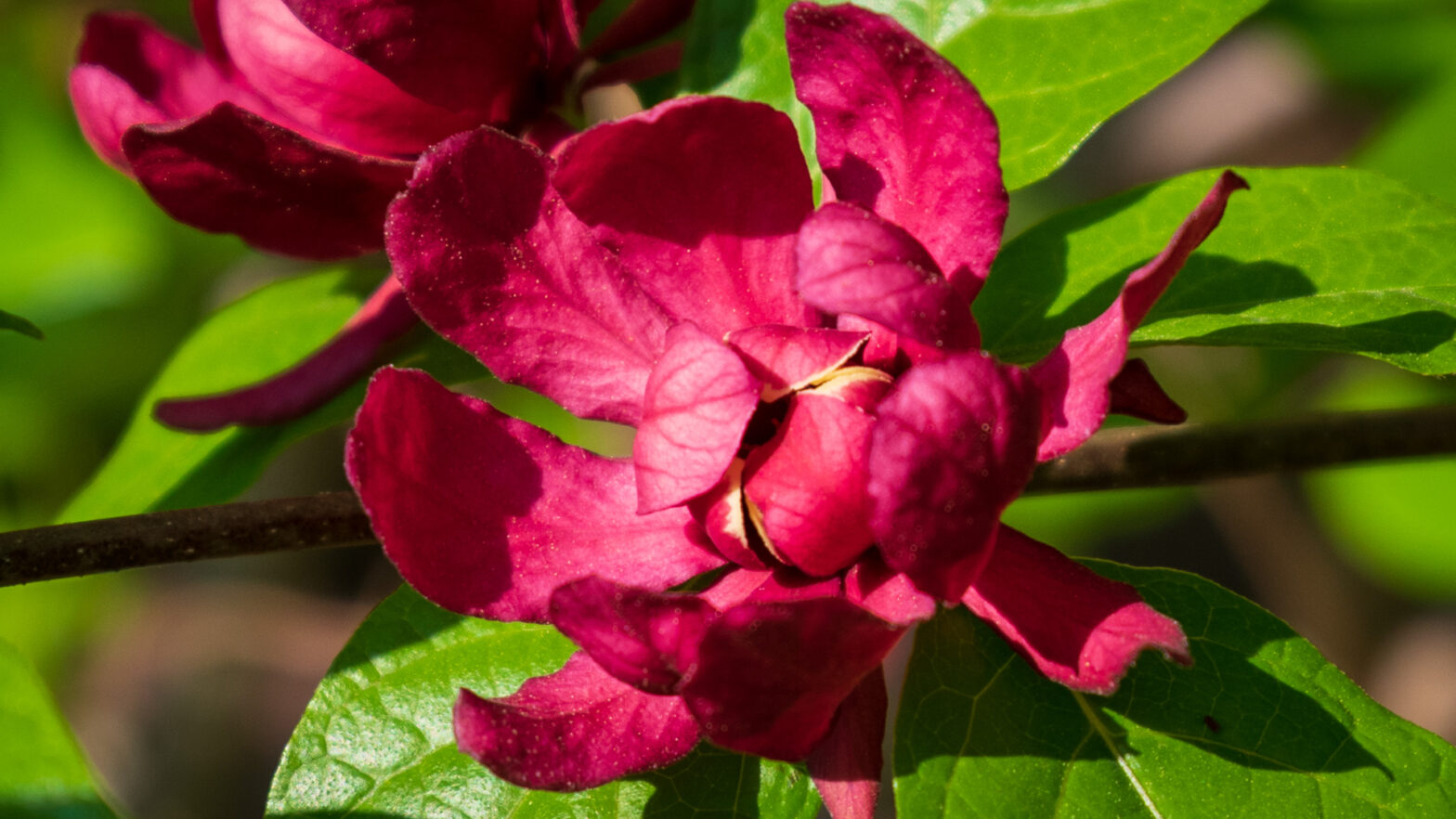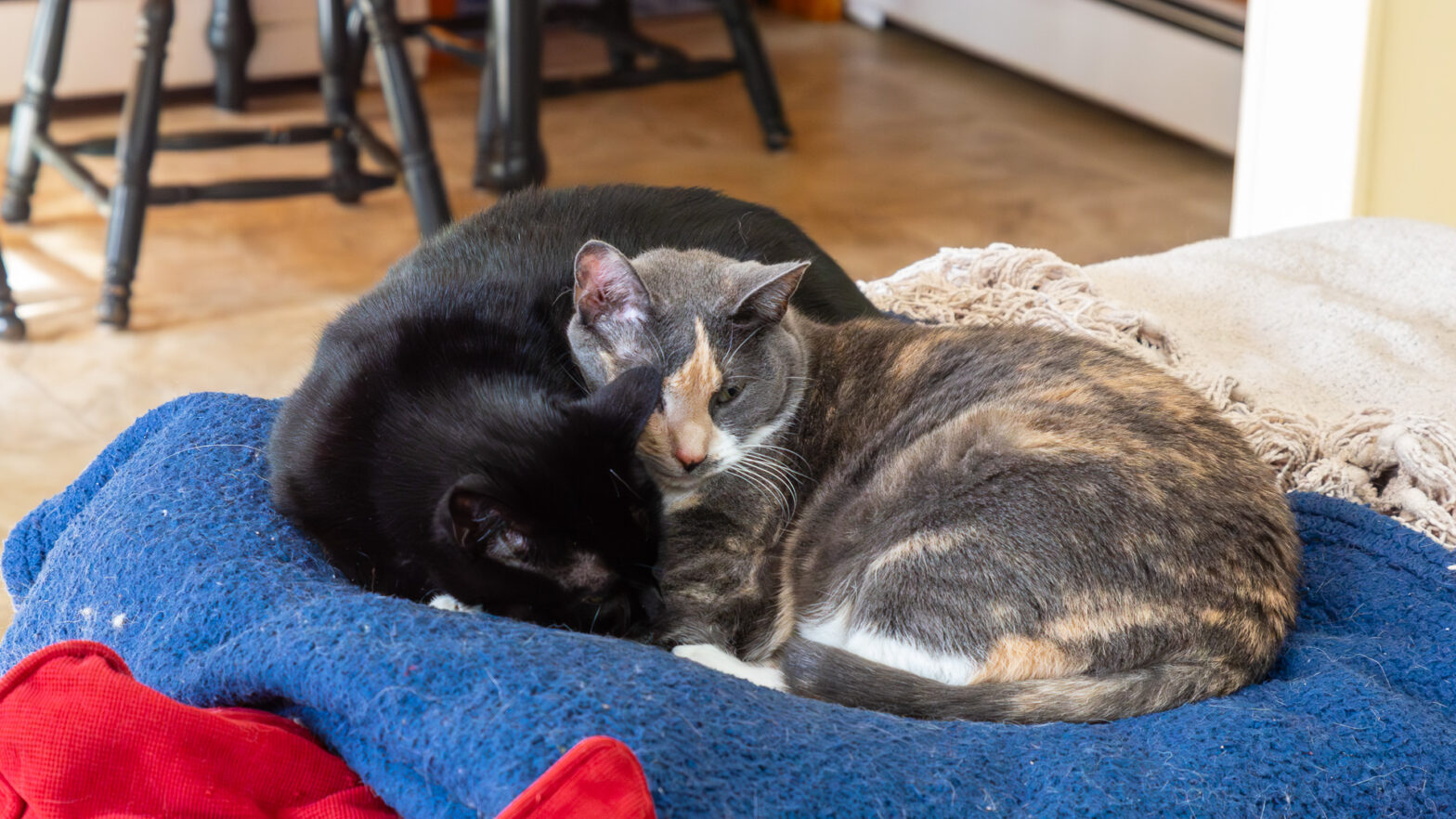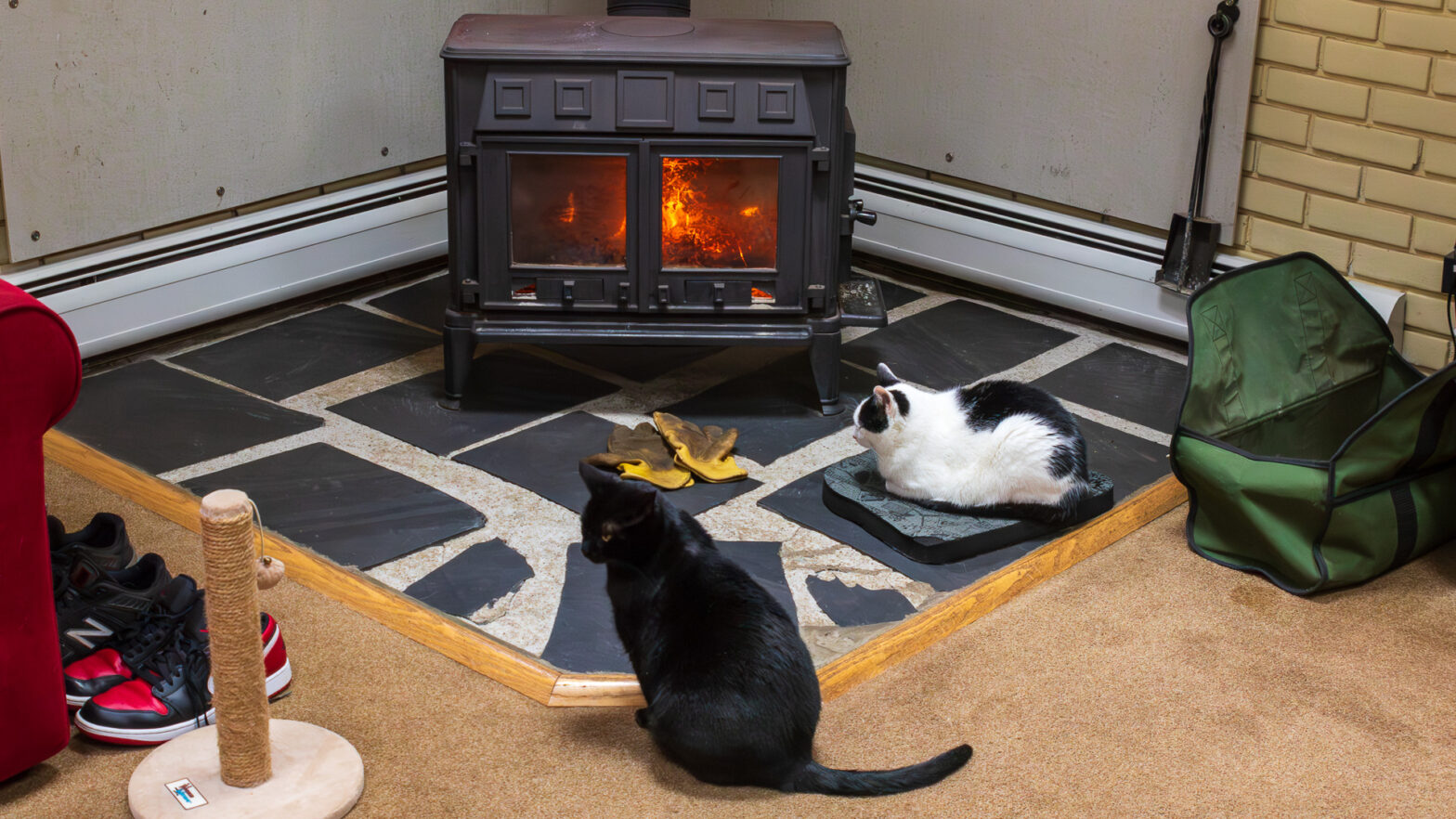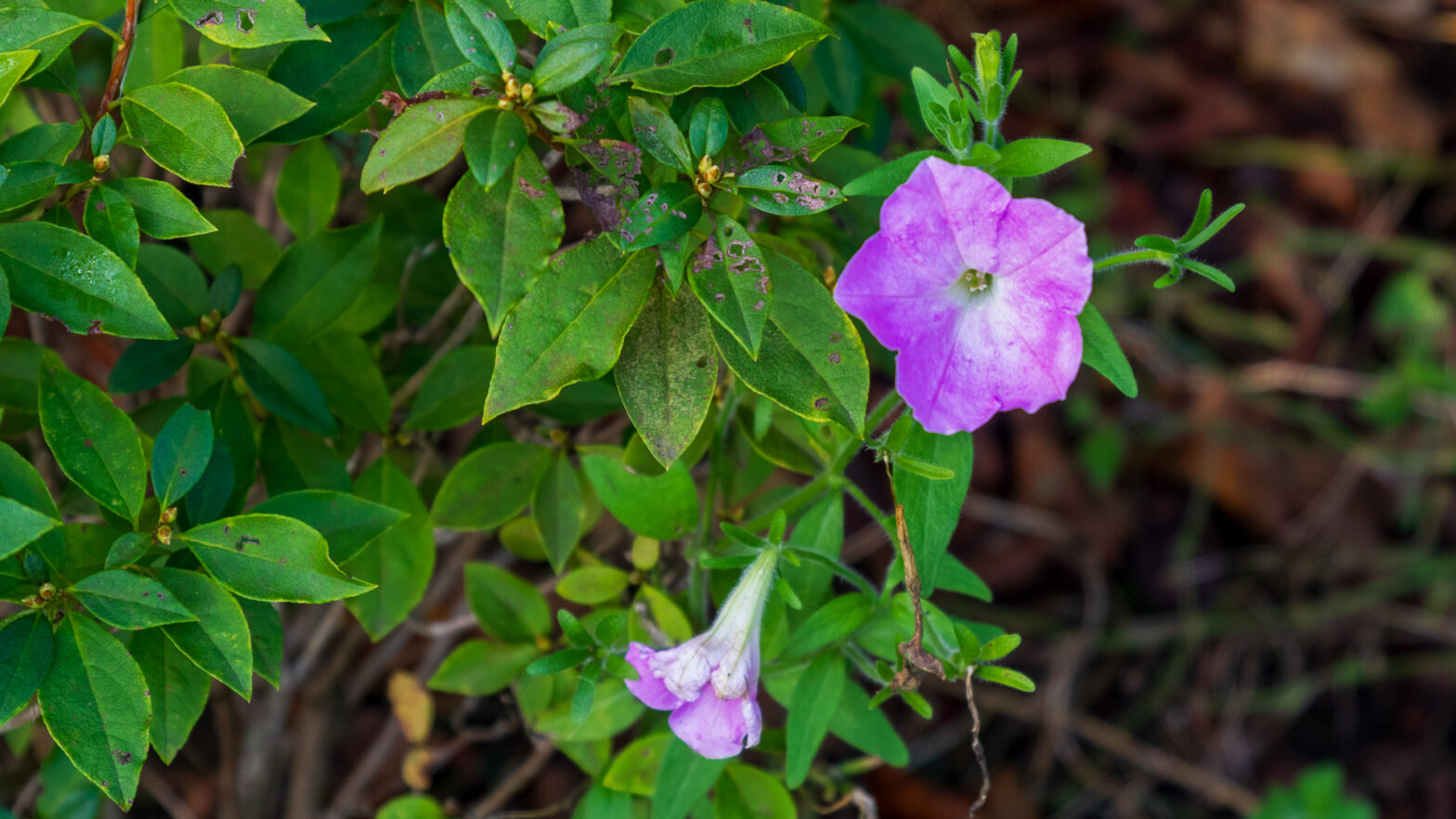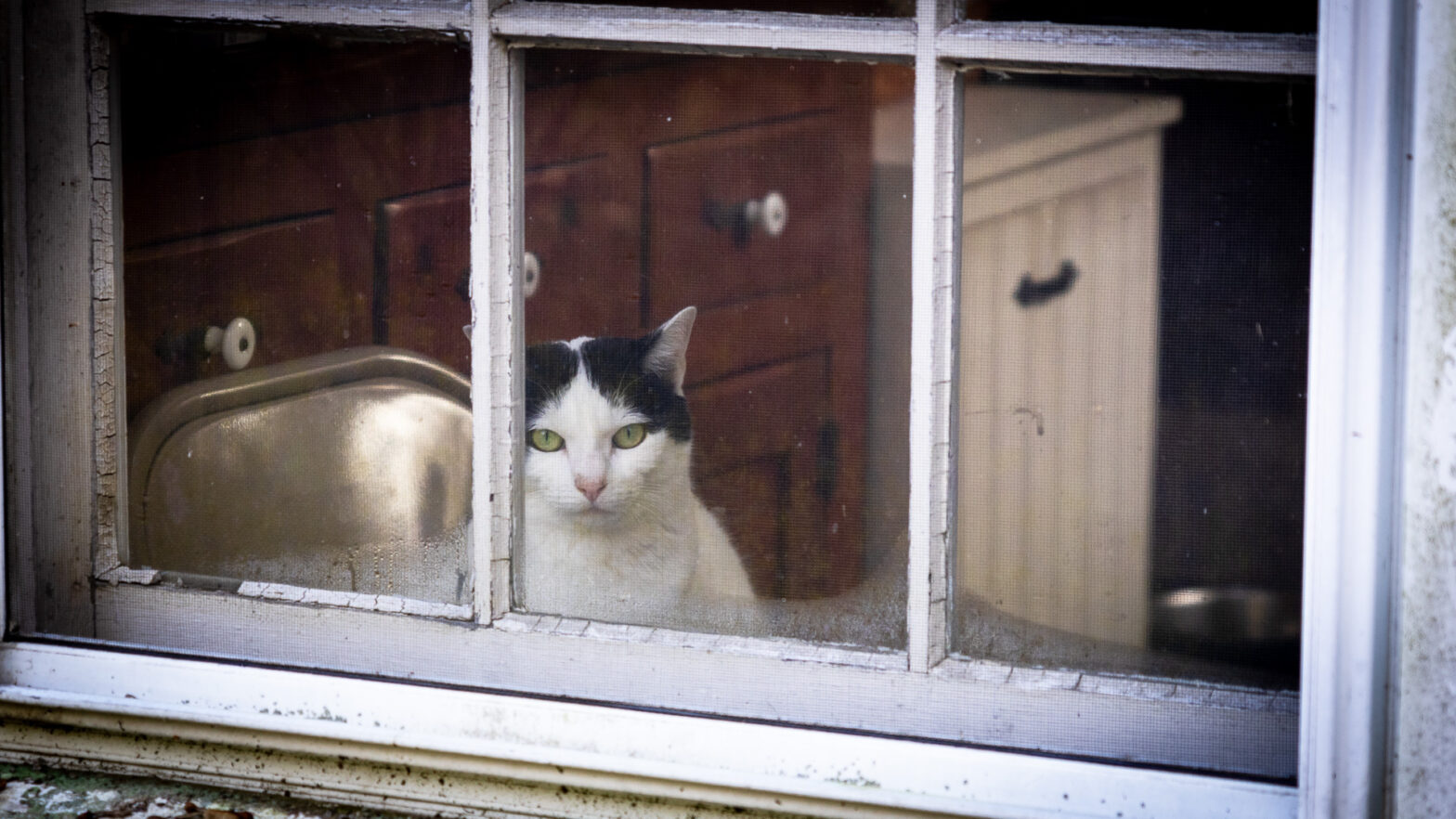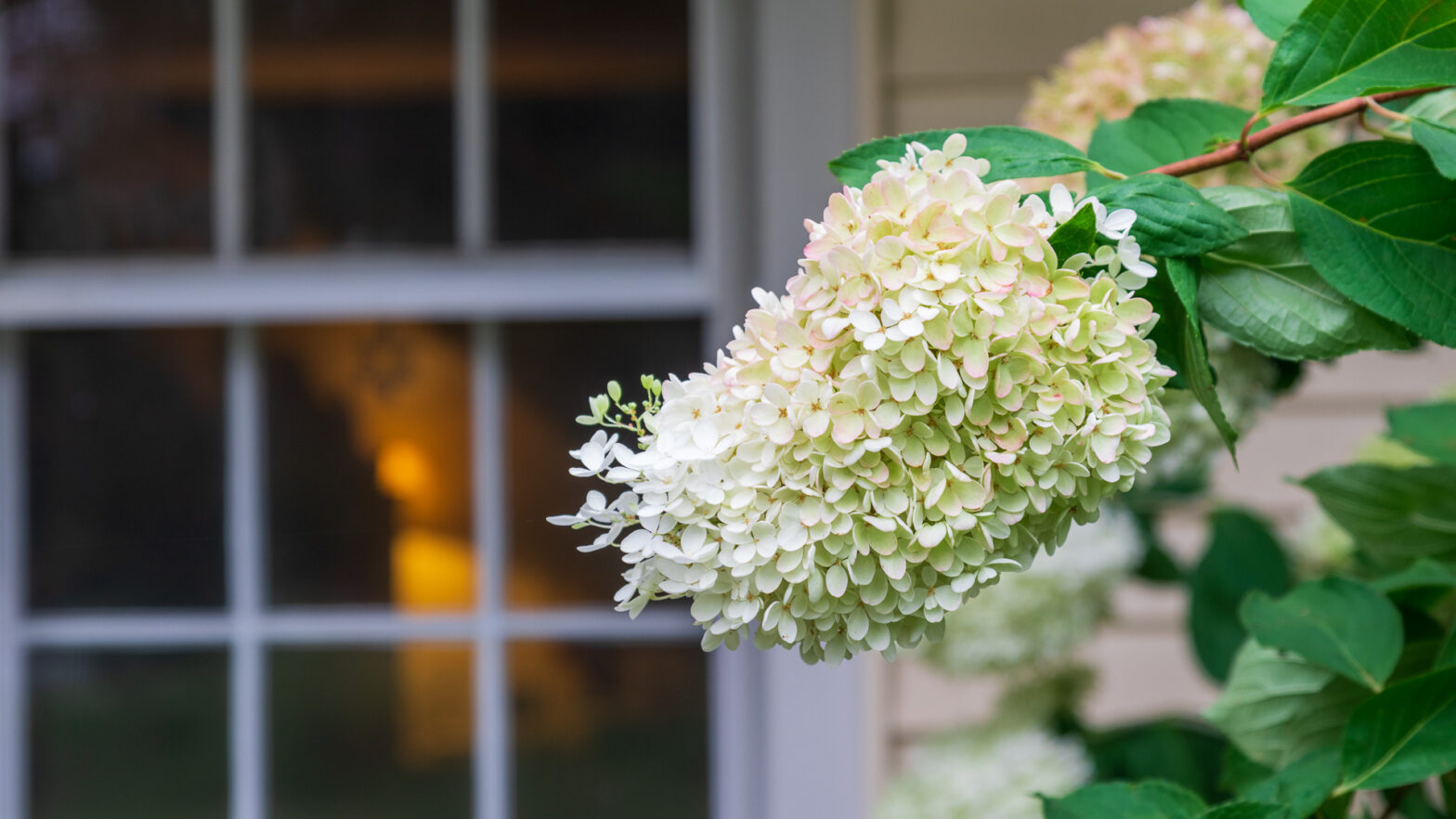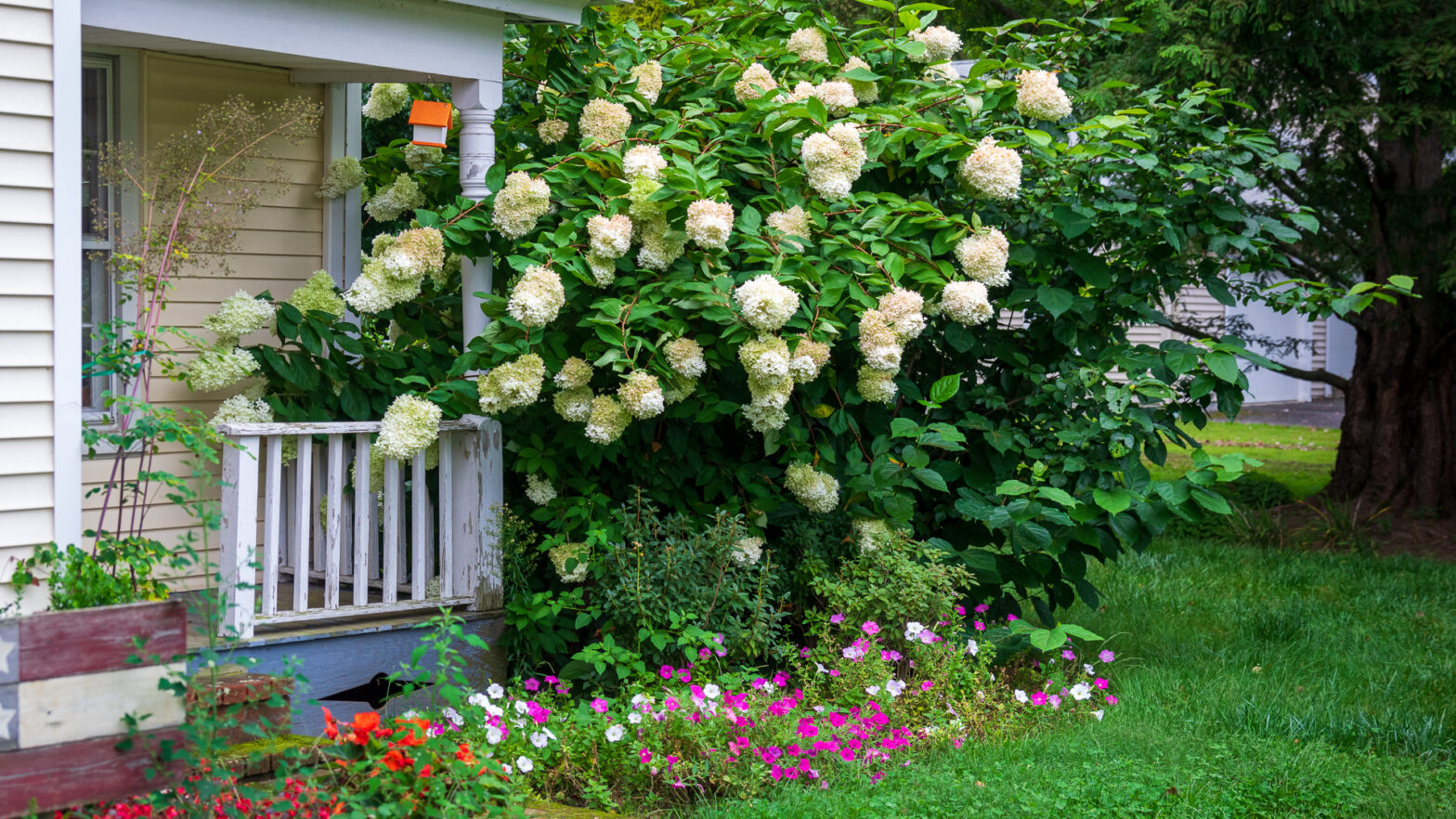I’ve spent the last few days overwhelmed with how far behind I am in my home’s garden maintenance.
Yesterday, I knocked the weeds down with a weed wacker because they were so overgrown.
This morning, I flame-weeded our gravel driveway.
Finally, I hoped to tune up the lawn mower but fell behind in my plans.
The Perfect Day Maintaining Gardens?
I used to think that if I woke early, had a good plan, and worked hard, I could finish my garden maintenance chores in one or two days.
The family and I would barbecue chicken with an Italian glaze while enjoying the immaculately maintained landscape. Fresh-cut flowers adorn a vase at the center of the table.
While I sometimes rise early, I never get as much done as I want.
In summary, I get sidetracked, and tasks often (always) take longer than anticipated.
Weather can also cause delays.

How did I get so far behind?
I stopped weeding my garden in September last year. I’ve been experimenting with flame weeding, and the hose to the torch broke.
I searched the internet for a replacement hose, but nobody had it in stock.
I visited a local propane supplier. The replacement hose cost more than the torch and hose did new.
I lost motivation.
Winter annual weeds, especially chickweed and grassy weeds, overtake my gardens.
Sugar maple seedlings carpet parts of the landscape.

Our Newtown, CT, arborist visited twice last winter and cut the wood to log lengths. I cut the equivalent of three large sugar maples worth of wood.

While cutting the logs, I could have been picking up sticks, cutting back perennials and weeding.
I don’t regret the decision.
It gave me an immense sense of accomplishment.
The Reality of Maintaining Gardens
While many wait for the first warm day to start working in the garden, we should do what we can when we can.

Work at a steady pace and gradually move forward. Enjoy time in the landscape throughout the year, not just in the spring.

That’s how to make great landscapes.
